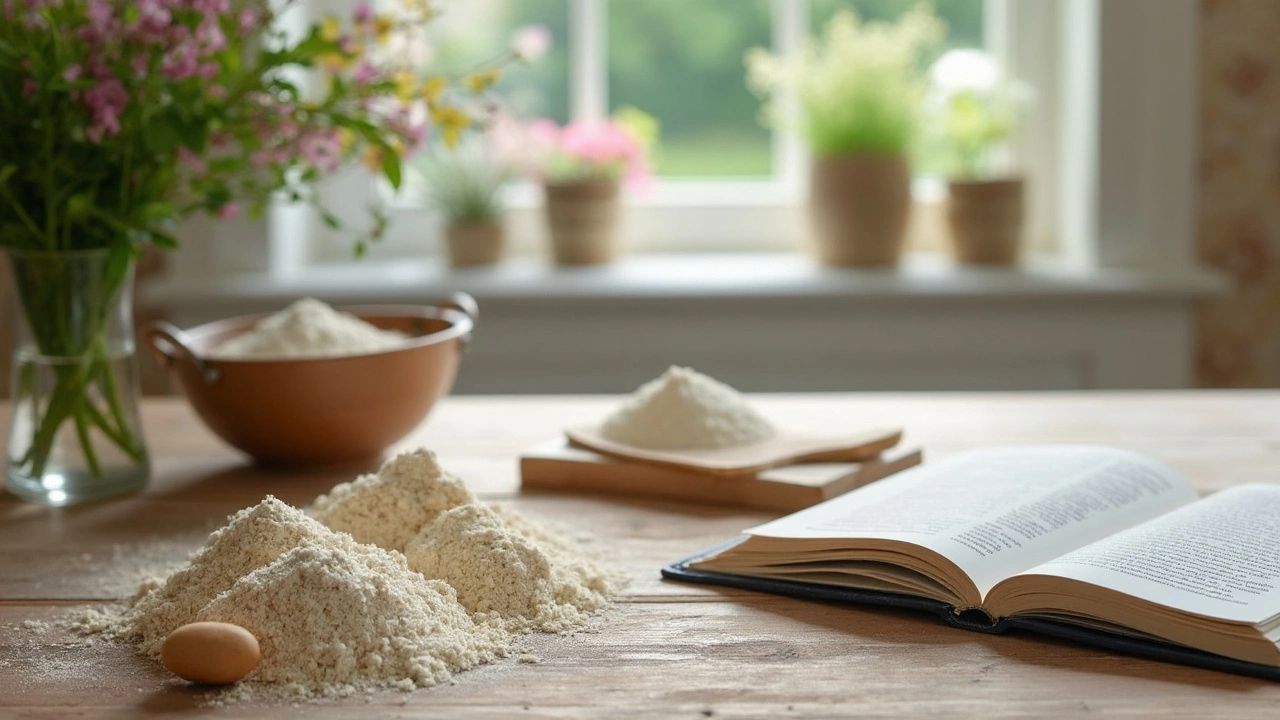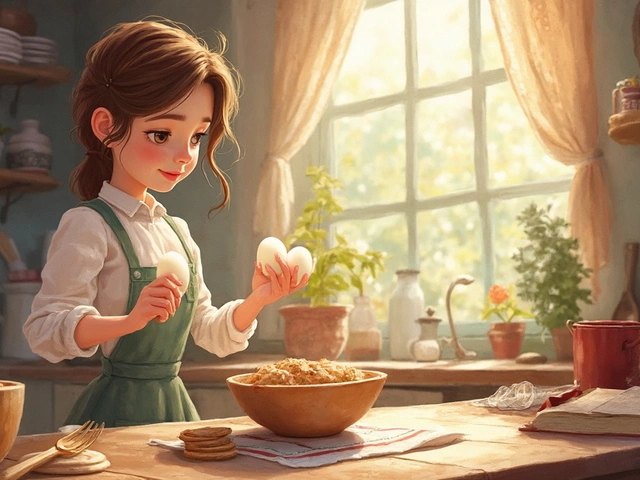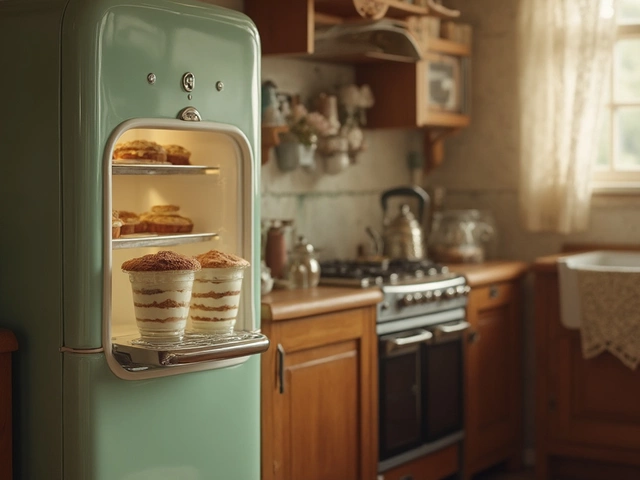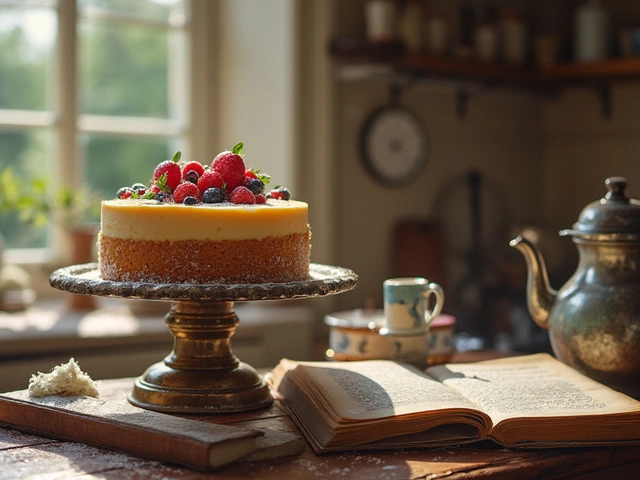Gluten Effects: What You Need to Know
Gluten is the protein that gives wheat dough its stretch and chew. It’s great for making fluffy breads, but it can cause trouble for some people. Let’s break down how gluten shows up in your body, your kitchen, and your day‑to‑day meals.
Health side: why gluten matters
If you have celiac disease, even a tiny amount of gluten can damage your tiny intestines. That damage stops nutrients from getting absorbed, leading to fatigue, bloating, and skin rashes. For folks with non‑celiac gluten sensitivity, the reaction isn’t as severe, but they still feel stomach cramps, headache, or tiredness after eating gluten‑rich foods.
People without any sensitivity usually digest gluten just fine. It’s not a harmful ingredient on its own, but the processing of wheat can add extra sugars or fats that some diets try to avoid.
Baking side: gluten’s role in recipes
In baking, gluten creates the network that traps air bubbles, giving bread its rise and cookies their texture. That’s why a loaf made with all‑purpose flour is airy, while a gluten‑free loaf can be dense if you don’t use the right binder.
When you swap regular flour for a gluten‑free blend, you lose that stretchy network. To fix it, bakers add xanthan gum, psyllium husk, or extra eggs. These ingredients mimic gluten’s binding power, keeping cakes moist and cookies chewy.
Even small changes matter. For brownies, using a mix of almond flour and a bit of cornstarch can give you a fudgy result without gluten. For pizza crust, a blend of rice flour and tapioca starch, plus a dash of olive oil, can give a crisp base that still holds toppings.
Knowing how gluten works helps you troubleshoot recipes. If your gluten‑free muffins are flat, add a little more binder. If they’re gummy, cut back on the gum and increase the fat.
In everyday cooking, read labels carefully. Many sauces, soups, and processed snacks hide gluten in thickeners like malt or modified food starch. A quick glance at the ingredient list can spare you an upset stomach.
Bottom line: gluten is a helpful protein for texture, but it can trigger health issues for a minority. By understanding its role, you can enjoy both traditional baked goods and tasty gluten‑free alternatives without guesswork.





